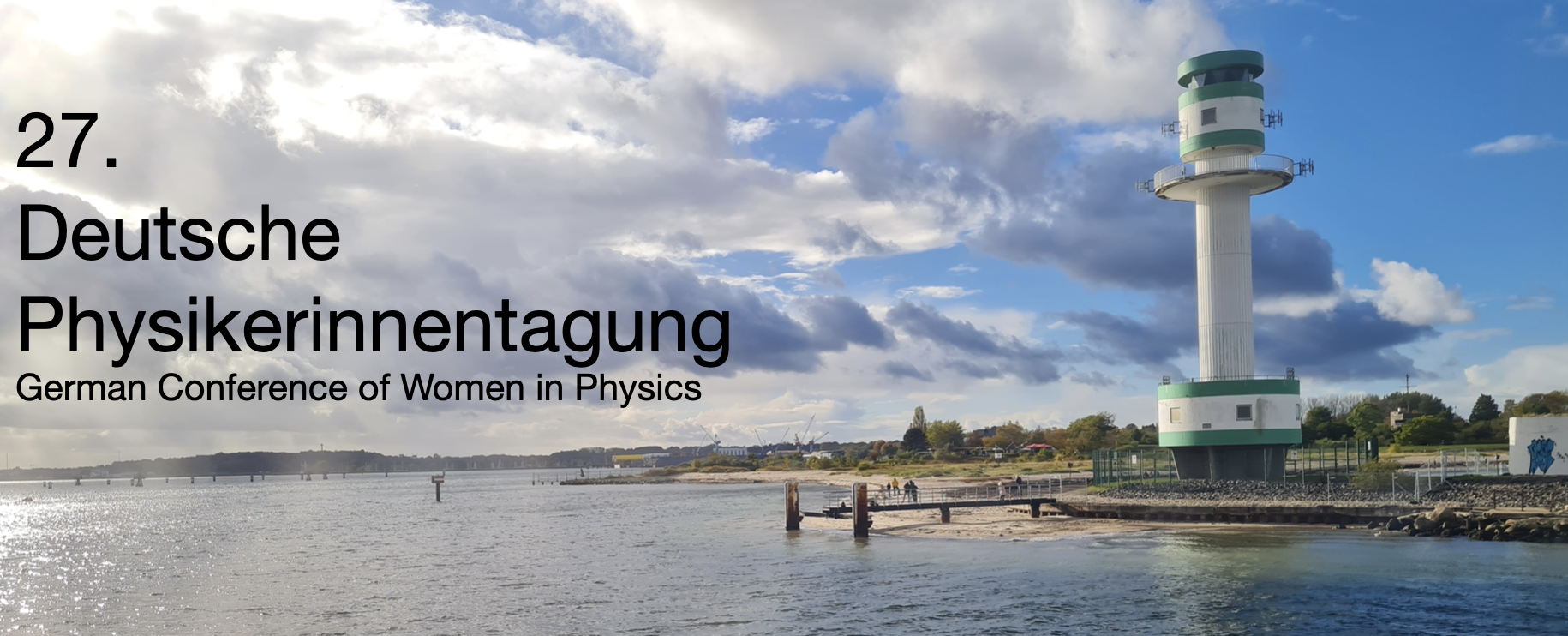Speakers
Description
Recently, methyl chloride ($\mathrm{CH_3Cl}$) was detected with ALMA toward the infant star system IRAS 16293–2422 and with the Rosetta space probe in the atmosphere of the comet 67P/C–G$^1$. This gives rise to the question if vinyl chloride ($\mathrm{CH_2CHCl}$) might also be present in these or other astronomical sources. Previous laboratory millimeter and sub-millimeter ((sub-)mm) wave studies were limited in quantum number and frequency coverage$^2$ whereas previous infrared (IR) studies did not cover $\nu_9$, the energetically-lowest fundamental$^3$. Here, we report high-resolution (sub-)mm and IR investigations of vinyl chloride performed in Cologne and at the SOLEIL synchrotron, respectively. The rotational spectrum was recorded from 170 to 1100 GHz, which resulted in more than 3000 newly assigned transitions for the ground state of $\mathrm{C_{2}H_{3\ \,}^{35}\mathrm{Cl}}$ while simultaneously reducing the RMS from 147 kHz to 47 kHz. In addition, the vibrational satellite spectrum of the energetically lowest deformation mode $\nu_9$ has been assigned for the first time. The preceding rotational analysis of the ground vibrational state allowed us to speed up the analyses of the infrared bands using the Automated Spectral Assignment Procedure (ASAP)$^4$. The two energetically lowest fundamentals $\nu_9$ and $\nu_{12}$ can be readily assigned for both $\mathrm{C_{2}H_{3\ }}^{35}\mathrm{Cl}$ and $\mathrm{C_{2}H_{3\ }}^{37}\mathrm{Cl}$. These results will then greatly facilitate pure rotational analyses of the respective vibrational satellite spectra. Based on the new ground state rotational data, highly accurate frequency predictions enable astronomical searches of both isotopologues over a wide frequency and quantum number range.
$^1$Fayolle, et al., Nat. Astron. 1 (2017) 703
$^2$Merke, et al., J. Mol. Spectrosc. 177 (1996) 232
Demaison, et al., J. Mol. Spectrosc. 232 (2005) 174
$^3$Giorgianni, et al., J. Mol. Spectrosc. 156 (1992) 373
Stoppa, et al., Mol. Phys. 91 (1997) 215
Lorenzi, et al., Mol. Phys. 96 (1999) 101
Lorenzi, et al., Mol. Phys. 98 (2000) 355
$^4$M.A. Martin-Drumel, et al., J. Mol. Spectrosc. 315 (2015) 72

